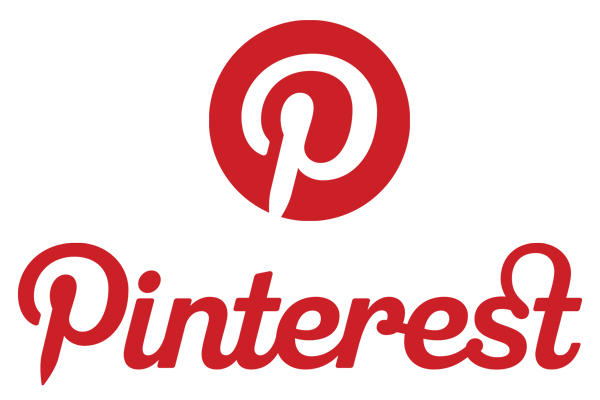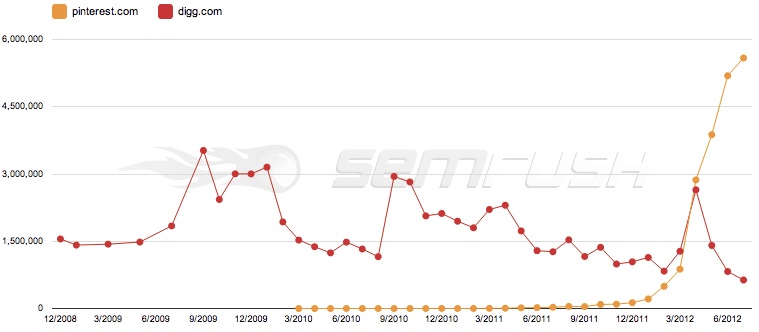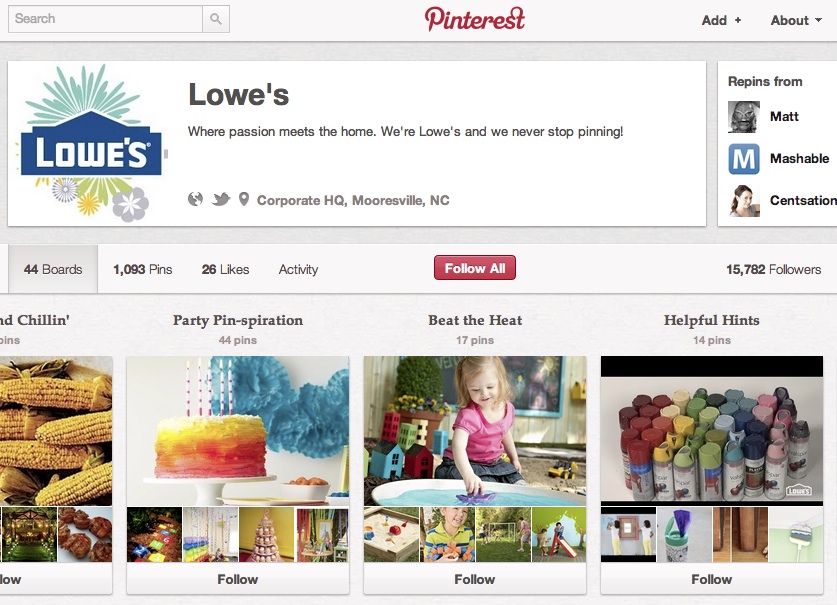The social bookmarking site Pinterest has become more and more popular and now ranks among the top social media sites in 2015. Many ecommerce site owners are left scratching their heads, “this is great but how do I use Pinterest for my online store?”.
MDG Advertising put together an excellent video of why businesses should be using Pinterest. It shows the impact this social media tool has had in the past couple years.
Pinterest v Digg
The chart below shows just how fast Pinterest has grown in terms of popularity among web users. The rate of adoption is staggering when compared to similar bookmarking and social sharing sites like Digg.
Digg was recently purchased and redesigned this year and now resembles a combination of a news site and Pinterest. It will be interesting to see what happens to Digg over time with all the changes this year.
Pinterest Ecommerce Tips
If you own an ecommerce site and you’re considering using Pinterest for marketing, below are 5 tips to help you get started.
1. Set up your profile
Lowes may be one of the best examples of an ecommerce site effectively using Pinterest. Lowes uses a fun version of their logo and simple tagline. They also include links to their website and connected their page to twitter. To get started, simply sign up using an existing Twitter or Facebook account. I recommend setting these up as well to get the most out of social media and Pinterest.
2. Set up your boards
Pinterest “boards” act much like product categories do in ecommerce. Use fun category names that loosely relate to your brand and products. It’s also a good idea to include a few SEO keywords in your board name since the board will likely rank in search engines. I recommend not going too far with keywords since it could be a road block to getting your pins re-pinned and growing followers.
3. “Pin it” browser bookmark, mobile app & more
Make it easy to keep up with pinning your boards by installing the bookmark link on your browser. Also install the Pinterest mobile app to pin on the go. “Pin it” buttons and sharing icons also help visitors to your products and articles share this content with their followers for those who don’t have the browser bookmark.
4. Product pinning
When pinning a product, make sure to include the price of the product. By adding a “$” and price “99.99”, your product will now have an corner price overlay on each pinned image that includes the price you enter. This is especially helpful for ecommerce sites looking to include special offers or deals on products. This can be done by creating a board called “deals”, then adding those deals to that board.
5. Good images
Remember to use good quality images of anything you pin. High quality and unique images are more likely to get re-pinned. It important if you’re adding your own products as pins that your ecommerce site have quality images that are more likely to get shared. Don’t be afraid to repin other cool products unless they are a direct competitor. Find similar niche products to pin that may interest your shoppers.
+6. Have fun
Pinning can be fun and a great way to meet new and interesting people. Best of luck and happy pinning!



